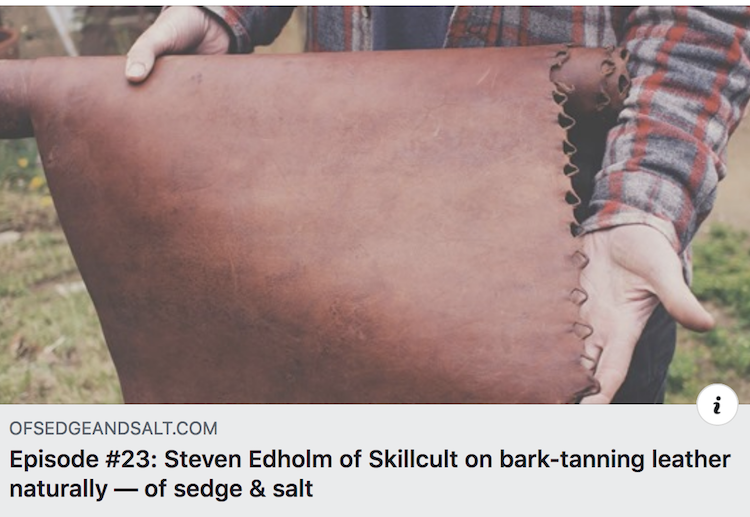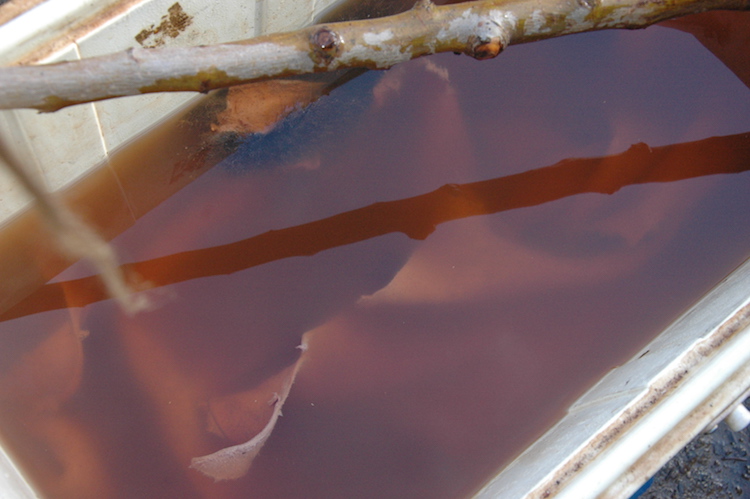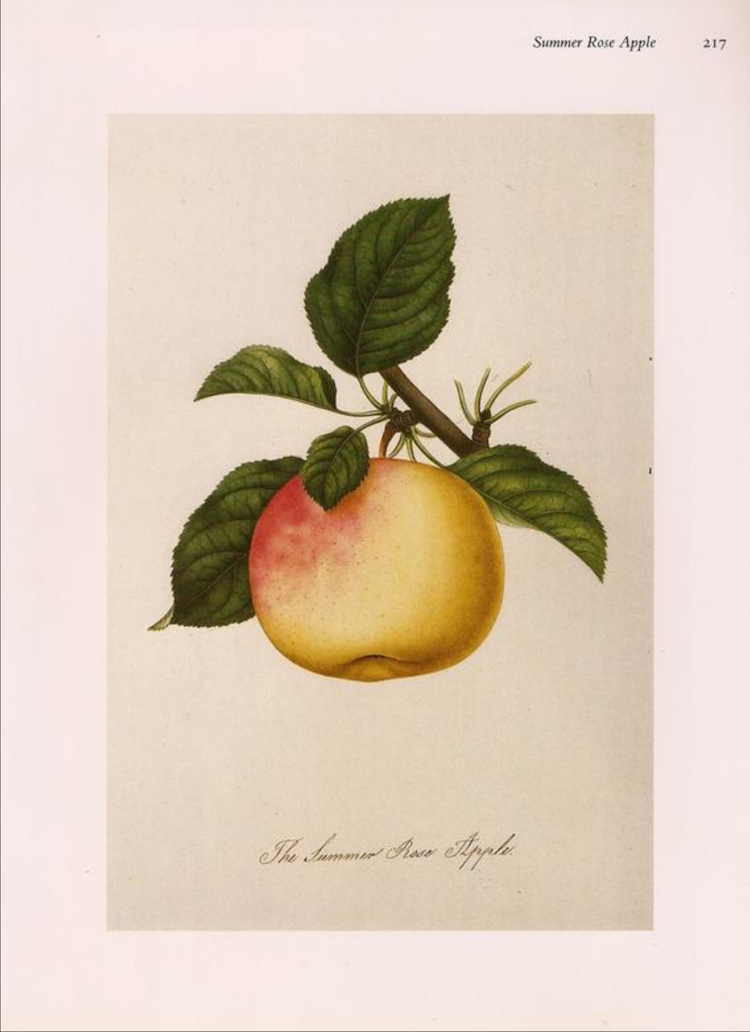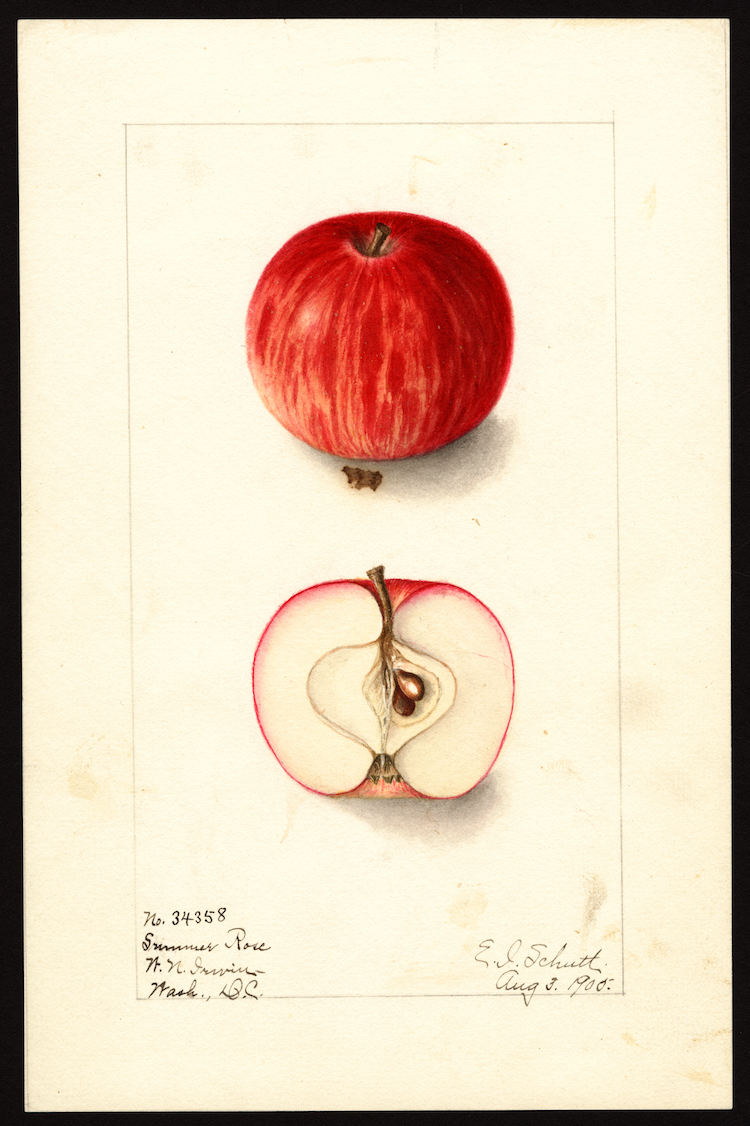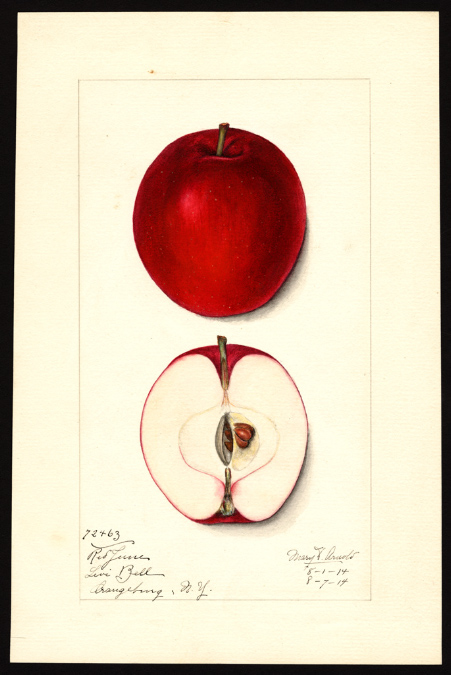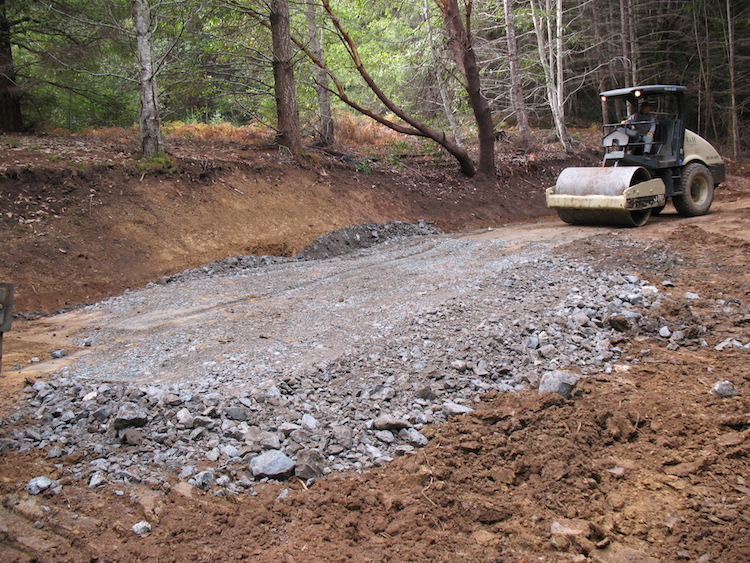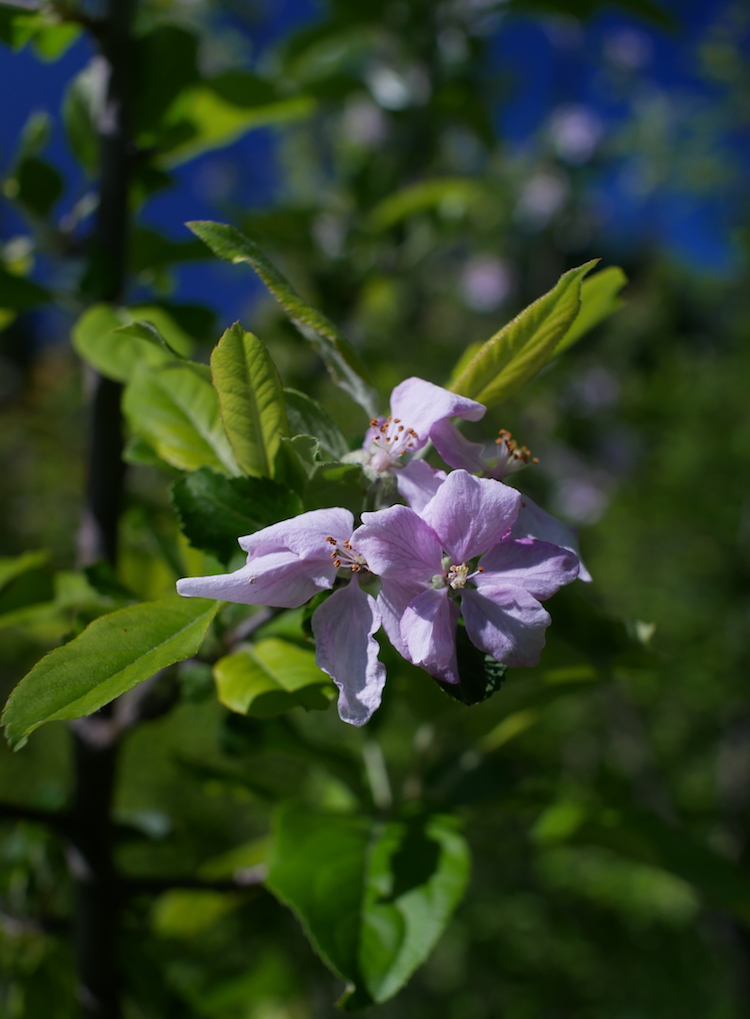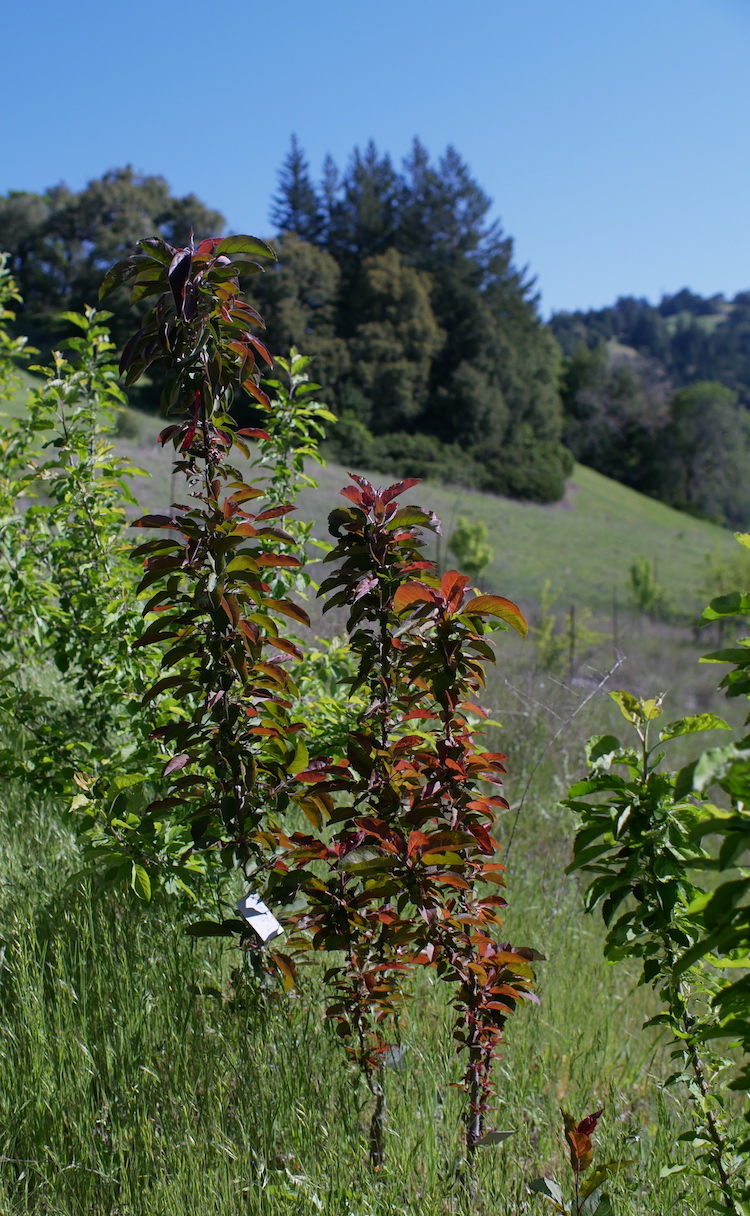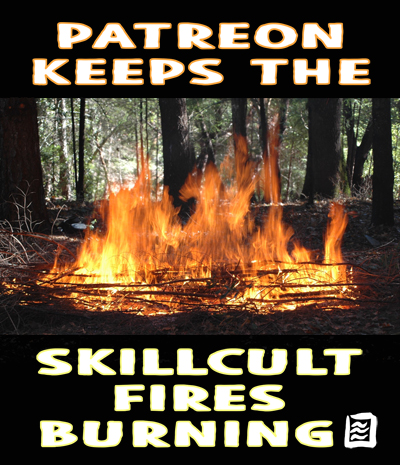I recently took a camping trip with a friend to a very large fire burned area of Lake County California. We passed through at least two different fire zones probably burned two or three years apart. The main area was only burned in 2018, so the ecology had only this past summer to show the effects. It was very interesting to look at the response of the plants and strategies for survival. I have two videos from that trip now on YouTube linked here. I also have some pictures, which anyone that follows me on Intstagram has probably already seen.
The main purpose of the trip was to get high enough up into the mountains to find some Incense Cedar for friction fire boards. This is my favorite wood for that purpose. I’ve been meaning to get out there for literally years so that I can make fire kits to sell. I’ve sold these in the past. The idea is to put together known good, tested kits so that anyone practicing hand drill fire making can know that the kit is reliable and that if the fire isn’t happening, it’s a matter of working on technique, not continually trying new kits of unknown quality. On day two, after driving over 25 miles of rough dirt roads we reached about 4500 feet and started seeing new species of trees. It was dusk and I was like, okay, 15 more minutes of driving and it’s time to give up on the mission. 5 minuets later, the first cedar tree was spotted, and in a few minutes found a nice downed trunk, busted out the chainsaw, threw a bunch of rounds in the truck and drove home late into the night. It was also hunting season on public land, so I wasn’t crazy about hanging around there the following morning.
The cedar wood is seasoning and will be minced up with a bandsaw into 1/2 inch boards. I’ve found that a good cedar board will work with almost any good drill, and most cedar boards are better than good. Once I get some boards sawn up, seasoned out and kits tested, I’ll have them available in the store.
I also took 15 minutes to see how much charcoal I could pick up as free biochar. The result was about 2 cubic feet per hour, or 5 hours to amend a 100 square foot bed to 10% charcoal at 12 inches deep. I’m convinced I could at least double that collection rate though, using a rake and not worrying about dirt and leaves and stuff.
This is a terrible out of focus snap shot, but it’s an awesome tree. This is a sugar pine, one of the higher elevation trees. Huge cones with edible nuts.
Mile after mile of burned trees. Some areas burned cool enough that most of the thick barked pines survived, but many large areas were left without a live trunk in site. it was eerie.
There were tons of new seedlings, especially Pine and Manzanita, but many other brushy species as well. Most of the new seedlings are there because there was a fire, not in spite of it. This is the strategy for many brushy species; they sprout like crazy after fires to re-colonize when there are nutrients and low competition. I saw tons of pine seedlings too though that would not have sprouted last winter if it weren’t for the fires.
It’s tempting to see these babies as buddies. While brushy species and tall tree species like this Ceanothus and Pine can interact in mutually beneficial ways, there is also a strong competitive factor. Brushy species often form the first colonies that end up nurturing tall tree species in their protective covering. Ceanothus also fixes nitrogen out of the air like a legume, benefiting soil fertility in general. Eventually, the tall trees can out-compete the shrubbery, shade them out, and ultimately cause them to die as the tree based forest gains ground. Competition for water can also be a real issue out here in this dry, stony, hot landscape. This soil is mostly gravel as you can probably see. Still, they look like they are doing pretty good here at the end of the dry season and just one year old.
A native monkey flower near a rushing mountain creek. I think this is Mimulus cardinalis, or probably similar/related.
In a single year, these rose plants grew back from the roots and fruited like crazy. There were tons of them under the pines. This fire was all good news for them. They get a rich nutrient release from the ashes, less competition and more light. The tree in the back is not dead. The thick bark of Ponderosa Pines protects them in cool burns such as this particular block of trees experienced. About 80% of the Ponderosa Pine lived, which is good, since they don’t sprout back from the roots. Most of the adjacent thinner barked hardwoods like Black Oak and Madrone died back to the roots. But those hardwoods had already grown back 3 to 4 feet and even more. Some of those new shoots will be 8 feet tall with side branches by this time next year, backed by the root system of a full sized tree. Much of this growth is useful. I picked some of this regrowth for basketry, but passed up tons of redbud and Rhus Trilobata (sumac) shoots.
The goods, quartered with a chainsaw and ready for the bandsaw. Libocedrus decurrens Incense Cedar, a tough and very fragrant tree adapted to both dry and wet Pacific coastal mountains.
About the photographer… Cell-photo by Gretchen Immel. I wish I had more time on that trip to take pictures. I could see doing a photo book oriented around lessons in fire ecology and viewing the fires from a less human perspective than is usual. Yes, the fires were devastating, but they are not abnormal here, quite the contrary. This is a fire ecology, period. It’s not if it burns, it’s when. We tend to look at the climax forest as good and everything else as secondary or not important at all. But many species and individuals are stoked on these fires. They get nutrients, reduced competition and light. Once the deer come back, the browse for them will be amazing for quite a few years to come. big trees may have died, but baby trees get their chance now without the overcasting shadows thrown by older generations to keep them weak from lack of light. If you look up it looks like a holocaust, but if you look down, the land is bursting with new life. Each player out here has a strategy for this. Thick fire resistant bark on the pines, or if that fails, post fire seed sprouting. The main manzanita that grows out here usually dies when the top is burned, but it sprouts by the thousands for seed banked in the soil in response to the same fire. Many other brushy species sprout from the roots, others from seeds, and some both. The decidous trees and almost all of the non-coniferous species, sprout back from the roots. Oak and madrone shoots grew back 3 to 4 feet and sometimes more in one year. If these species didn’t have strategies for dealing with fires, they simply would not still be part of the ecology.
















